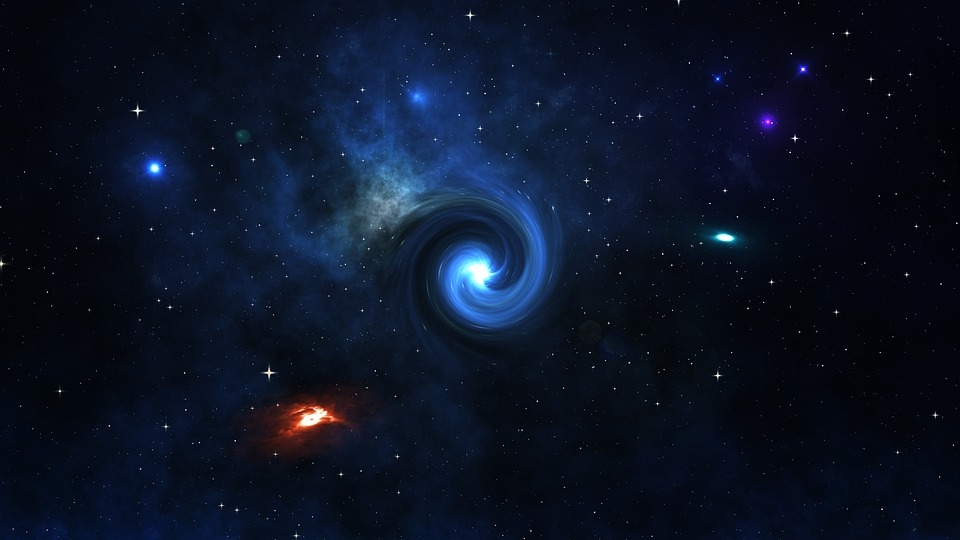In space exploration, scientists are also closely monitoring the cosmos for signs of alien life. A group of astronomers from the United Kingdom have proposed a method to find a certain building block of life on exoplanets.
A group of scientists from the University of Warwick in the UK has proposed a method to be able to spot traces of water on distant exoplanets. The method is known as high-resolution spectroscopy, and the researchers believe this method could be able to penetrate clouds in the atmospheres of these planets to look for the presence of water, one of the fundamental components for life.
The scientists have described this method in their paper as a novel way to look for water vapor among other chemicals that are essential for creating life. The researchers are awarded funding by the Science and Technologies Facilities Council of UK Research and Innovation. This breakthrough also comes after the news of the discovery of phosphine in the atmosphere in Venus, a planet believed to be impossible to host life because of its extreme temperatures. Phosphine is a kind of gas associated with alien life.
According to the study’s lead author Dr. Siddarth Gandhi, “We have been investigating whether ground-based high-resolution spectroscopy can help us to constrain the altitude in the atmosphere where we have clouds and constrain chemical abundances despite those clouds. What we are seeing is that a lot of these planets have got water vapor on them, and we’re starting to see other chemicals as well, but the clouds are preventing us from seeing these molecules clearly.”
Meanwhile, in other related news, scientists from MIT found signals of an alien planet measuring around the same size as our own Earth. However, what makes this discovery interesting is that this exoplanet orbits its star at almost exactly 3.14 days - also known as the equation of Pi. The researchers used the data found in NASA’s Kepler Space Telescope during its K2 mission back in 2017.
Accompanied by the use of ground-based SPECULOOS telescopes in Chile and Tenerife, the astronomers confirmed that the signals were of an alien planet orbiting a star.



 Dark energy is one of the biggest puzzles in science and we're now a step closer to understanding it
Dark energy is one of the biggest puzzles in science and we're now a step closer to understanding it  The Mars Sample Return mission has a shaky future, and NASA is calling on private companies for backup
The Mars Sample Return mission has a shaky future, and NASA is calling on private companies for backup  Genetic diseases: How scientists are working to make DNA repair (almost) a piece of cake
Genetic diseases: How scientists are working to make DNA repair (almost) a piece of cake  Black hole, neutron star or something new? We discovered an object that defies explanation
Black hole, neutron star or something new? We discovered an object that defies explanation  The brightest object in the universe is a black hole that eats a star a day
The brightest object in the universe is a black hole that eats a star a day  If life exists on Jupiter’s moon Europa, scientists might soon be able to detect it
If life exists on Jupiter’s moon Europa, scientists might soon be able to detect it  Why is the universe ripping itself apart? A new study of exploding stars shows dark energy may be more complicated than we thought
Why is the universe ripping itself apart? A new study of exploding stars shows dark energy may be more complicated than we thought  Six space missions to look forward to in 2024
Six space missions to look forward to in 2024  The brain is the most complicated object in the universe. This is the story of scientists’ quest to decode it – and read people’s minds
The brain is the most complicated object in the universe. This is the story of scientists’ quest to decode it – and read people’s minds  Synthetic human embryos let researchers study early development while sidestepping ethical and logistical hurdles
Synthetic human embryos let researchers study early development while sidestepping ethical and logistical hurdles  Alpha, beta, theta: what are brain states and brain waves? And can we control them?
Alpha, beta, theta: what are brain states and brain waves? And can we control them?  The mystery of consciousness shows there may be a limit to what science alone can achieve
The mystery of consciousness shows there may be a limit to what science alone can achieve  What is minoxidil, the anti-balding hair growth treatment? Here’s what the science says
What is minoxidil, the anti-balding hair growth treatment? Here’s what the science says  Our survey of the sky is uncovering the secrets of how planets are born
Our survey of the sky is uncovering the secrets of how planets are born 































